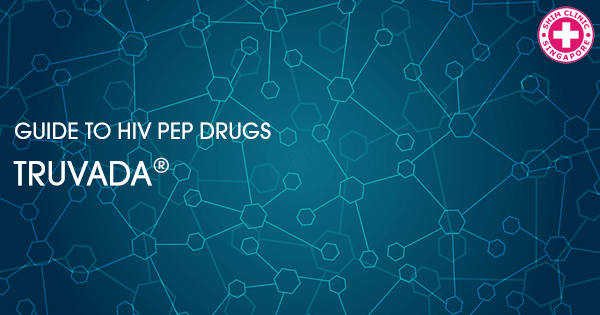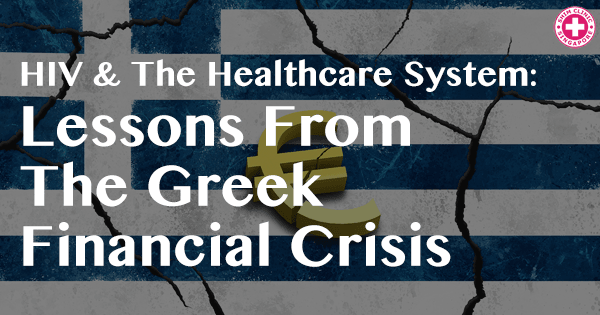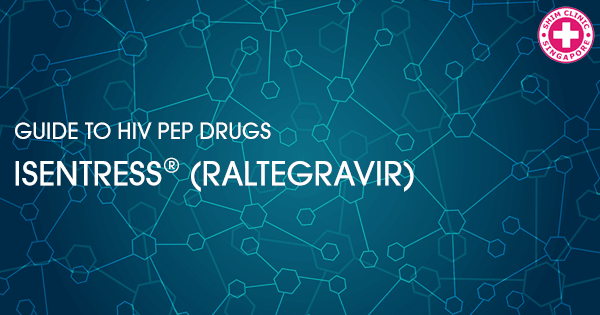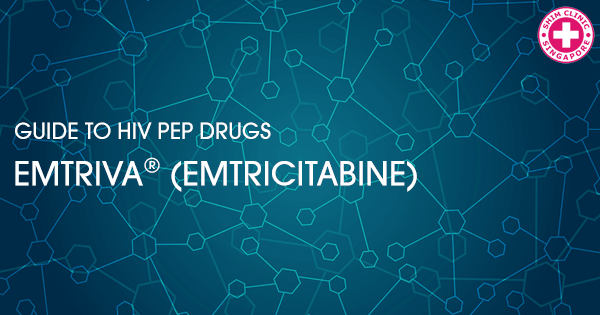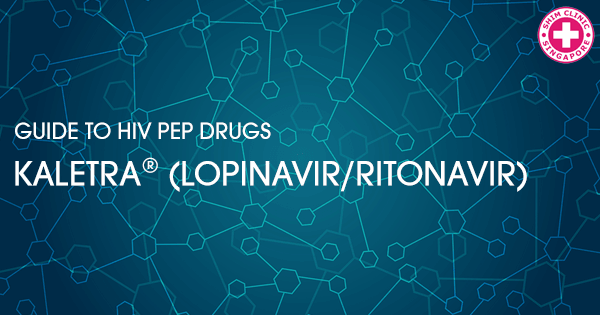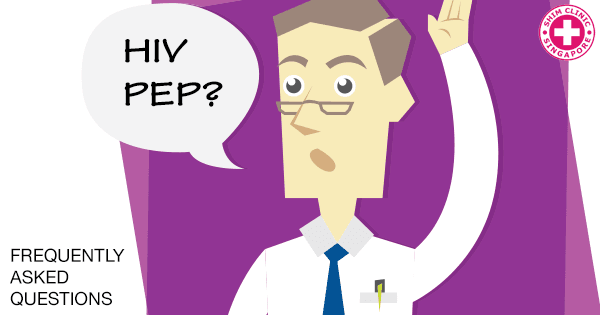Truvada® is commonly used in combination with Isentress® for PEP due to the effectiveness and lack of negative interaction between the two drugs. Learn more in this detailed guide.
Continue readingHIV & the health care system: Lessons from the Greek crisis
Overspending, corruption, and tax avoidance seem to have little to do with HIV rates. In 2012, the world watched stunned as Greece’s economy collapsed. Frantic negotiating with the EU seemed to have rescued the failing state, imposing strict austerity measures on the one prosperous nation. Greece’s unemployment rose to 20%. In the younger demographic it… Continue reading
HIV PEP drugs: Isentress® (Raltegravir) intergrase inhibitor
Isentress® is one of the newest classes of antiretrovirals, the intergrase inhibitors. This drug disables the HIV intergrase protein which is responsible for integrating the viral genome into the human chromosome and causing the chronic incurable infection. Developed by Merck and Co, it was approved for adult use in 2007 by the FDA and use… Continue reading
HIV Post-exposure Prophylaxis: Future Research Methodological Challenges and Potential Approaches
Research has played a vital role in changing the face of the medical field. From untreatable diseases to highly contagious diseases, research made wondrous achievements and solved the previously unsolvable. The research on HIV has also provided us with life-saving treatments like a prophylaxis from HIV. The WHO (World Health Organization) convened a meeting in… Continue reading
HIV PEP Can Save Rape Victims In India; Chem Sex Has Impact On PEP and Condom Use
HIV PEP Can Save Rape Victims In India A 3-day movement was started in Mumbai, India, to spread awareness of the use of HIV PEP as a preventive measure for rape victims from getting infected by the HIV virus. Several medical professionals and institutions took part in this movement. Although it is an established fact that… Continue reading
HIV PEP Drugs: Viread® (tenofovir) nucleotide analogue reverse transcriptase inhibitor (NRTI)
Tenofovir (Viread®) was invented by Antonín Holý from at the Institute of Organic Chemistry and Biochemistry, Academy of Sciences of the Czech Republic and patented in 1984, making this one of the earliest antiviral drugs. In collaboration with Gilead Sciences and the University of California, it was developed into its current form and was approved for… Continue reading
HIV PEP drugs: Emtriva® (emtricitabine) reverse transcriptase inhibitor
Emtricitabine was developed as a combined effort between Dr. Dennis C. Liotta, Dr. Raymond F. Schinazi, and Dr. Woo-Baeg Choi at Emory university and was patented by Emory through Triangle Pharmaceuticals under the trade name of Emtriva® in 1996. Triangle Pharmaceuticals has been owned by Gilead Sciences since 2003. Emtriva®™ targets the HIV protein reverse transcriptase. By inhibiting… Continue reading
HIV PEP drugs: Kaletra® (lopinavir/ritonavir) viral protease inhibitors
The HIV PEP designer drug Kaletra® (LPV/r) contains the two HIV viral protease inhibitors lopinavir (LPV) and ritonavir (RTV) [Norvir®]. Developed by Abbott laboratories in 2000, it is referred to as a designer drug as it was specifically formulated based on X-ray crystallography structures to specifically target the HIV protease. Both lopinavir and ritonavir inhibit the… Continue reading
HIV PEP: Frequently asked questions
What is PEP? PEP stands for Post-Exposure Prophylaxis and is a combination of drugs (usually lopinavir/ritonavir, emtricitabine and tenofovir) that will prevent replication of the HIV virus long enough for your body to clear it. How does PEP work? HIV PEP uses a three-pronged attack, aiming at elements of the virus essential for replication and… Continue reading
In The News
Pressure in Europe for access to PrEP At the 15th European AIDS Conference, speakers voiced concerns from public about the growing need for access to PrEP (Pre-Exposure Prophylaxis) to be used informally. PrEP is a treatment that uses anti-HIV medication to prevent people who are HIV-negative from becoming infected in the near future (up to… Continue reading

